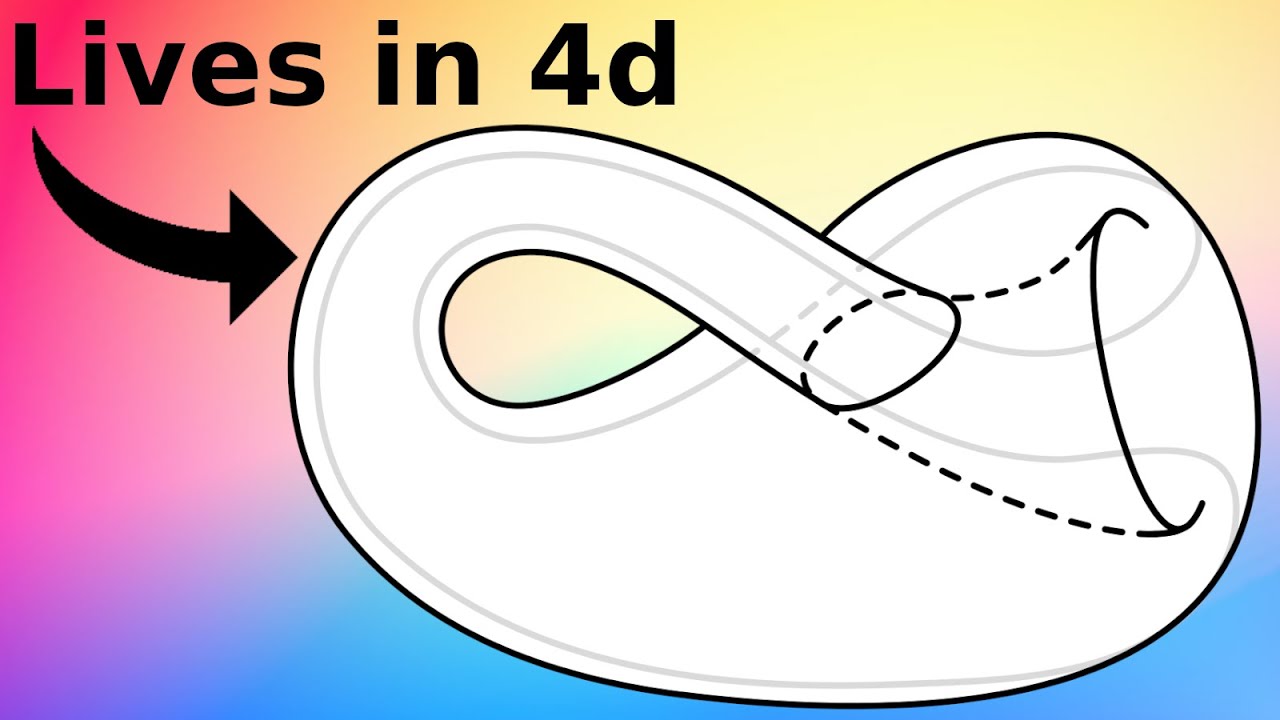
The Whitney Embedding Theorem is a fundamental concept in mathematics, particularly in the field of differential topology. It provides a powerful framework for understanding the embedding of smooth manifolds into Euclidean space. This theorem, named after the distinguished mathematician Hassler Whitney, has far-reaching implications in various areas of mathematics and has paved the way for significant advancements in the understanding of geometric structures.
The theorem's significance lies in its ability to elucidate the relationship between abstract mathematical objects, such as smooth manifolds, and their representation in Euclidean space. By doing so, it enables mathematicians to study and analyze these structures in a more tangible and accessible manner. Understanding the key facts about the Whitney Embedding Theorem is essential for anyone delving into the realms of differential topology and geometric analysis. In this article, we will explore eight crucial facts about the Whitney Embedding Theorem, shedding light on its importance and applications in the realm of mathematical sciences.
Key Takeaways:
- Whitney Embedding Theorem helps turn tricky math stuff into pictures we can understand. It’s like using a map to explore a new place!
- This theorem is like a superhero, helping math join forces with real-world problems in physics, computer graphics, and more. It’s like a secret code for unlocking cool discoveries!
Whitney Embedding Theorem is a Fundamental Result in Mathematics
Whitney Embedding Theorem is a fundamental result in mathematics that has far-reaching implications in various fields. It provides a way to represent abstract mathematical objects, such as smooth manifolds, as concrete geometric objects in Euclidean space. This theorem, named after the mathematician Hassler Whitney, has revolutionized the study of smooth manifolds and has found applications in diverse areas such as physics, computer science, and engineering.
It Allows Abstract Mathematical Objects to be Represented in Euclidean Space
The Whitney Embedding Theorem allows mathematicians to represent abstract mathematical objects, such as smooth manifolds, as concrete geometric objects in Euclidean space. This means that complex mathematical structures can be visualized and studied in a more tangible and intuitive manner, leading to deeper insights and discoveries in various fields of mathematics and its applications.
It Provides a Bridge Between Abstract Mathematics and Real-world Applications
By enabling the representation of abstract mathematical objects in Euclidean space, the Whitney Embedding Theorem provides a bridge between pure mathematics and real-world applications. This connection has facilitated the application of advanced mathematical concepts to solve practical problems in fields such as physics, engineering, and computer science, leading to technological advancements and innovations.
The Theorem Has Implications in Differential Geometry and Topology
The Whitney Embedding Theorem has profound implications in the fields of differential geometry and topology. It has provided mathematicians with powerful tools to study the geometric properties of smooth manifolds and has led to significant advancements in understanding the structure and behavior of these mathematical objects.
It Plays a Crucial Role in Understanding the Geometry of Physical Spaces
In the realm of physics, the Whitney Embedding Theorem plays a crucial role in understanding the geometry of physical spaces. It has allowed physicists to model and analyze the geometric properties of spacetime, providing essential insights into the fundamental nature of the universe and the behavior of physical systems.
The Theorem Has Applications in Computer Graphics and Visualization
The Whitney Embedding Theorem has practical applications in computer graphics and visualization. By providing a method to represent complex mathematical objects in Euclidean space, this theorem has contributed to the development of advanced visualization techniques, enabling the creation of realistic and immersive computer-generated imagery.
It Has Influenced the Development of Modern Geometric Modeling Techniques
The Whitney Embedding Theorem has significantly influenced the development of modern geometric modeling techniques. Its impact can be seen in the design and representation of complex shapes and surfaces in computer-aided design (CAD), virtual reality environments, and 3D modeling applications, shaping the way digital objects are created and manipulated.
The Theorem Continues to Inspire Further Research and Discoveries
The Whitney Embedding Theorem continues to inspire further research and discoveries in mathematics and its applications. Its profound implications and wide-ranging influence make it a subject of ongoing exploration, driving the advancement of knowledge and innovation in diverse scientific and technological domains.
The Whitney Embedding Theorem stands as a testament to the power of mathematical theory in shaping our understanding of the world and driving progress in various fields. Its impact reverberates through the realms of pure mathematics, physics, computer science, and engineering, serving as a cornerstone of knowledge and a catalyst for continued exploration and discovery.
Conclusion
In conclusion, the Whitney Embedding Theorem stands as a pivotal result in the field of differential topology, offering profound insights into the embedding of smooth manifolds within Euclidean space. By establishing a foundational link between the intrinsic and extrinsic properties of manifolds, this theorem has significantly influenced diverse areas of mathematics and theoretical physics. Its implications extend to the study of geometric structures, providing a framework for understanding the intricate interplay between topology and geometry. As mathematicians continue to explore the depths of this theorem, its enduring relevance underscores its enduring significance in shaping our understanding of the mathematical universe.
FAQs
What is the significance of the Whitney Embedding Theorem?
The Whitney Embedding Theorem holds immense significance in differential topology as it elucidates the conditions under which smooth manifolds can be embedded within Euclidean space, bridging the gap between intrinsic and extrinsic properties of these geometric structures.
How does the Whitney Embedding Theorem impact other fields of mathematics?
The theorem's far-reaching implications extend to various branches of mathematics, including differential geometry, algebraic topology, and theoretical physics. It provides a foundational framework for understanding the interplay between topology and geometry, influencing diverse areas of mathematical research and theoretical exploration.
Was this page helpful?
Our commitment to delivering trustworthy and engaging content is at the heart of what we do. Each fact on our site is contributed by real users like you, bringing a wealth of diverse insights and information. To ensure the highest standards of accuracy and reliability, our dedicated editors meticulously review each submission. This process guarantees that the facts we share are not only fascinating but also credible. Trust in our commitment to quality and authenticity as you explore and learn with us.


